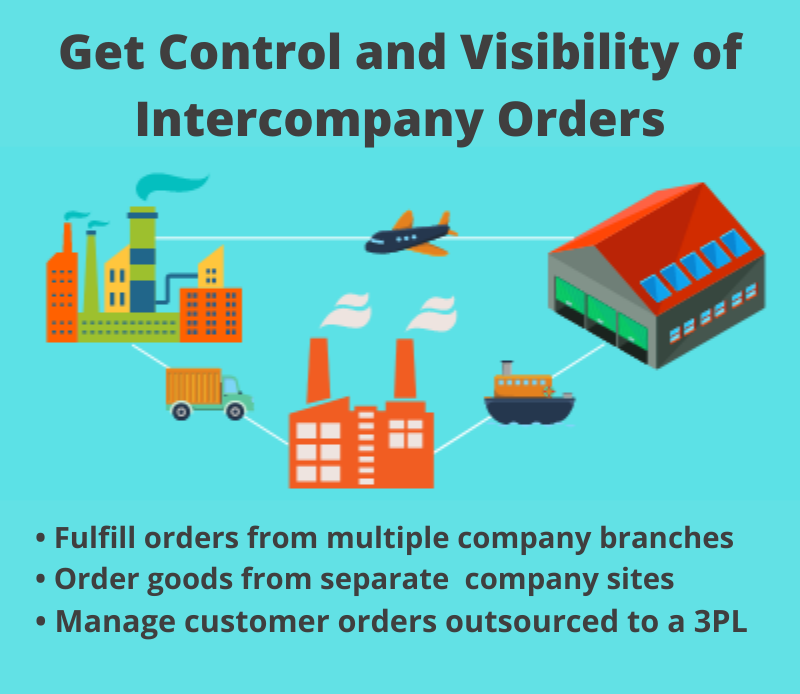 What’s the Difference and What Needs to be Considered?
What’s the Difference and What Needs to be Considered?
by Don Lindsey
In 2016, while at a major life sciences company in San Diego, we began a pivotal transition, migrating from our legacy Discrete Work Orders environment in QAD’s 2009 EE version to the newly introduced Production Orders module in 2016 EE.
This shift, now increasingly common across industries, offers valuable lessons for organizations considering a similar move.
The Industry Landscape
Despite the advantages of Production Orders, it is estimated that nearly 60% of QAD users continue to rely on traditional Work Orders or Advanced Repetitive environments in their organization. The transition from Work Order to Production Order can be daunting, but understanding the process and enhancements offered by the new module can help organizations confidently navigate the change.
Key Differences and Initial Challenges
The introduction of Production Orders marks a significant departure from the familiar Discrete Work Orders structure or the Advanced Repetitive process.
- Many users will face a considerable learning curve, especially those accustomed to navigating QAD through legacy menu numbers (such as 16.1, 1.4.7, and 5.7). The menu structures and workflows have evolved.
- The new Production Order module consolidates previously separate processes for Discrete Work Orders, Advanced Repetitive, Flow Scheduling, and Master Schedule Work Orders into a unified platform, simplifying setup and training.
Enhanced Functionality and Setup
The transition to Production Orders involves critical setup steps.
- The general setup of Domains, Entities, Sites, Items, BOMs, Routing, and Inventory Control must be considered.
- MRP Planning and Execution needs some consideration, especially in relation to Production Orders.
Specifically, in the move to Production Orders, you will have to come to grips with:
- 16.1.1 – Production Line Maintenance will define the specifics of Production Lines for your mixed-mode manufacturing, including parameters such as production rates, number of lines, setup times, and time intervals.
- 16.1.4 – Item Production Line Maintenance is a required connection that links each part number to its appropriate production line(s) and sets various parameters.
- 16.1.13.1 – Production Line Calendar Maintenance builds time content for each production line, a core QAD control mechanism.
- 16.3.24 – Production Order Control configures item master and inventory and ensures the alignment of production structures, departments, work centers, and routing to the new production line structure. Here we find some significant upgrades. In the previous 16.1.24 menu, the work order control file 322016 contained only four configuration elements. The new 16.3.24 has 5 venues with over 50 configuration options. Much thought needs to go into these definitions.
- 16.3.1 – Production Order Maintenance creates and manages Production Orders within the new production order module’s new framework.
Unified and Flexible Manufacturing
Production Orders now support mixed-mode manufacturing, allowing simultaneous discrete and repetitive production on the same line. This flexibility enables dynamic adjustments to production schedules based on real-time demand. The new module also streamlines navigation, eliminating the need for separate menus for Work Orders, Repetitive, Kanban, or Flow Scheduling.
Material Control and Integration
The new module enhances material control of movements through advanced allocation options, issue policies, and transfer allocation policies. Users can leverage bulk picklists with flexible backflush locations and improved picking sequences for greater efficiency. Integration with QAD’s Planning/Scheduling Workbenches and third-party tools like 32 Soft Production Planner further enhances visibility and decision-making.
Considerations and Challenges
When considering the implementation of the new production order module, you will face several serious considerations and challenges.
- Irreversible Upgrade. Reverting to legacy modules is impossible once Production Orders are implemented. This makes thorough planning and team training essential.
- Learning Curve. The transition introduces new terminology and workflows, requiring training for legacy users. Resistance to change and the complexity of the existing ecosystems (work instructions, routings, BOMs) must be addressed.
- Documentation and Technical Debt. Updating documentation and legacy integrations can be resource-intensive, and some legacy reports or UI elements may require ongoing support.
The Transition is a Challenge, but Worth It
Moving to Production Orders is a strategic step forward for organizations still relying on legacy Work Orders or Advanced Repetitive modules. The enhanced capabilities and unified approach offer significant operational advantages on the factory floor.
While the transition to QAD’s Production Orders module presents challenges, the benefits of streamlined processes, unified manufacturing modes, enhanced material control, and improved integration outweigh the drawbacks. Organizations that invest in careful planning, comprehensive training, and proactive change management will be well-positioned to leverage the full potential of QAD’s modern manufacturing platform.
If you want to know more about QAD Production Orders, we recommend this webinar series:
A Comprehensive Review of Production Orders
Optimizing Production Order Processes
QAD Production Orders Simplify Your Process
Don Lindsey, CFPIM, CIRM, is a knowledgeable Implementation Project Manager, Trainer, and Business Analyst. He has been an implementation manager on several large, complex ERP projects and has worked with ERP systems since 2007 in Manufacturing, Systems Management, Service & Support, and Finance. Don has a diversified background in various manufacturing industries, from Medical to Electronics to Industrial to Consumer Products. He has spoken for many years at the APICS Conferences, having taught in the APIC Certification program at California State University at Fullerton for over 20 years.




